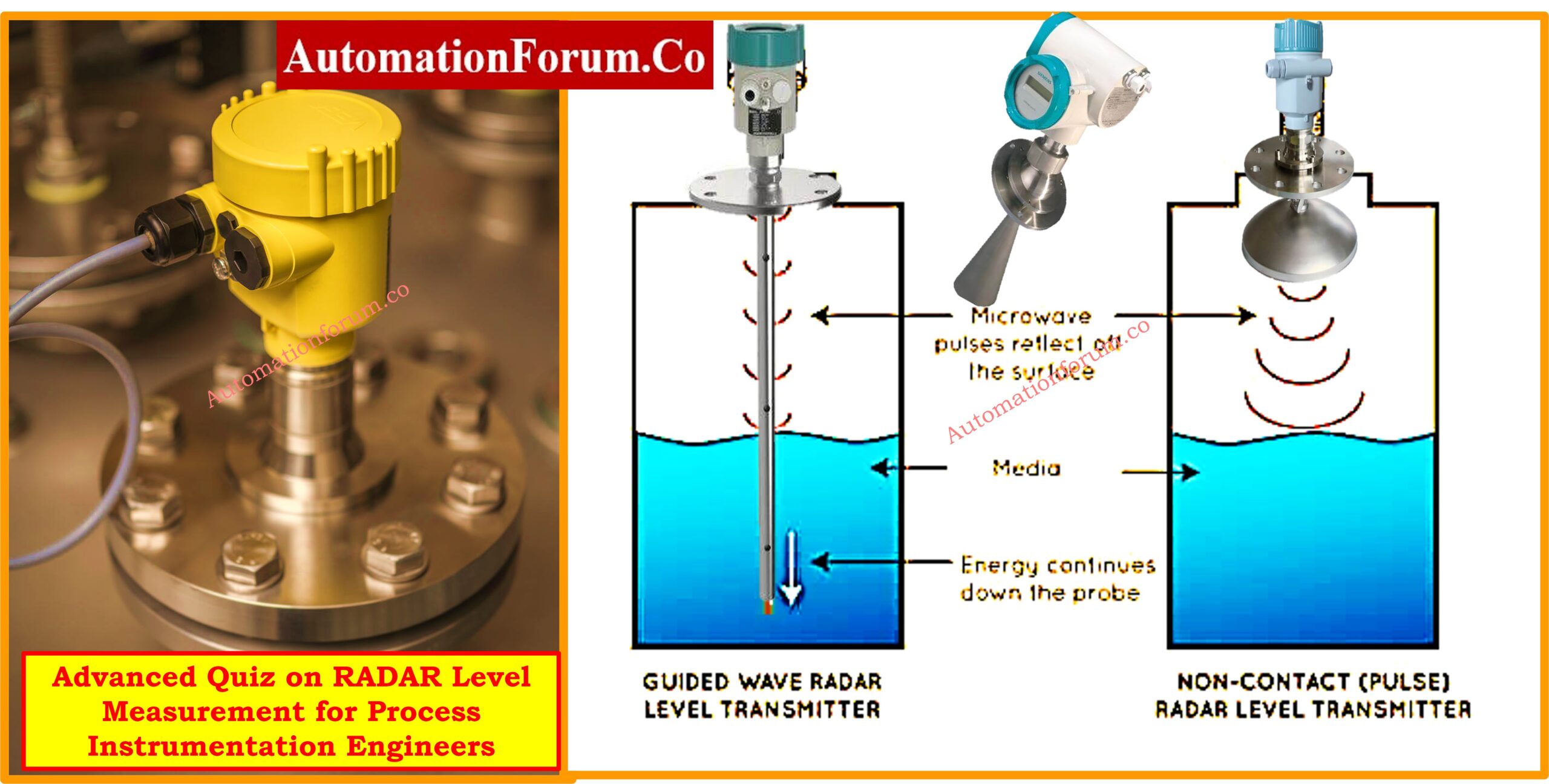The global interconnection of today’s world enables growing cybersecurity risks to target industrial automation systems. Although industrial users rarely face direct major cyber threats their operations remain exposed to vulnerabilities which can cause damage exceeding product losses. The frequency of cyber attacks grows because ransomware together with data breaches now occur more regularly. The SolarWinds hack infiltrated 18,000 companies in addition to the Stuxnet malware which focused on PLCs of industrial and energy facilities during 2009.
Understanding Cybersecurity Risks in DCS
The implementation of Distributed Control Systems (DCS) throughout industrial enterprises mandates a high-level of cybersecurity priority from plant managers together with their engineering teams. The system becomes difficult to secure because users typically have limited visibility regarding all components and their respective vulnerabilities.
Standard security procedures together with regular software maintenance do not offer adequate protection against threats targeting process control systems. A DCS consists of multiple system features that integrate controllers with networking devices and human-machine interfaces (HMIs) and analytics tools and personnel. To establish effective cybersecurity protection a combination of IT (data management) and operational technology (OT) control systems which operate plant physical processes must be integrated into the protection strategy.
Understand threats and stay secure: Cybersecurity Basics: Types, Threats, and Protection Tips
Cyber Vulnerabilities in Distributed Control Systems
Industrial energy management and industrial automation depend heavily on distributed control systems (DCS). These systems operate more secure as their integration with networked communications continues to expand. Analyzing similar systems such as power grids helps in understanding their vulnerabilities better. Traditional electric grids showed stakeholder and subsystem deployment via communication links while smart grid implementation of distributed energy resources (DER) introduces more cybersecurity challenges.
Compromised communication links between systems running distributed control software represent the primary security risks in such environments which include virtual components and physical elements as well. A compromised communication link interrupts system operational functions which causes outages and presents safety threats together with financial damages. System vulnerabilities become more suitable for strategic protection through vulnerability indexes during risk assessment procedures.
Risk Assessment Strategies
To enhance cybersecurity measures, organizations should adopt structured risk assessment frameworks, such as:
NIST Cybersecurity Framework: The NIST Cybersecurity Framework serves as an organized methodology to detect and evaluate the amount of cybersecurity risk while managing these threats properly.
ISO/IEC 27001: The Information Security Management System (ISMS) development standard exists as ISO/IEC 27001 which receives worldwide adoption.
Step-by-Step Risk Assessment:
- Identify assets and their vulnerabilities
- Assess both possible cyber threats and the degree of their vulnerability likelihood
- Organizations should evaluate all operational and financial consequences which risks could trigger.
- Develop targeted mitigation strategies
Prevent cyber risks in remote work: Remote Work Cybersecurity: Common Vulnerabilities and How to Prevent Attacks
Common Cyber-Attacks on DCS
Multiple incidents of DCS cyber-attacks have been documented which include the following events:
- Denial-of-Service (DoS) Attacks: Network nodes become inaccessible to legitimate traffic during denial-of-service attacks which are carried out by attackers. A Distributed DoS (DDoS) attack extends the attack impact through the use of infected devices that create floods to target a system.
- False Data Injection (FDI) Attacks: False Data Injection (FDI) Attacks target data packets in transit which results in irregular control signals therefore causing system instability.
- Replay Attacks: The practice of replay attacks requires perpetrators to retransmit historical data to distort system conduct which leads to disruption of steady-state operations.
- Stuxnet-like Attacks represent sophisticated cyber threats that specifically attack industrial control systems through which they create major operational disruptions.
The incidents demonstrate that critical infrastructure needs multiple layers of protection against well-known threats as well as upcoming security threats.
Real-World Case Studies
Real-world examples provide essential support in developing cybersecurity awareness among professionals.
- Stuxnet (2009): During 2009 Stuxnet criminals launched a cyber-physical offensive that concentrated its attacks on Iran’s nuclear facility PLCs..
- Colonial Pipeline Attack (2021): Industrial networks suffered major impacts during a 2021 ransomware attack on Colonial Pipeline which disrupted U.S. fuel supply operations.
The attacks showcase how essential it is to implement secure protective systems for critical infrastructure against existing and new security threats.
Protecting PLCs with cybersecurity standards: Cybersecurity Standards for PLCs
Four Key Challenges in Strengthening DCS Security
Protecting assets with secure cybersecurity implementations may appear complex and difficult to execute. Manufacturers and producers need to know the main challenges to design successful countermeasures. Multiple significant hurdles exist in system protection including:
Open Systems
Open protocols remain the foundation for DCS networks which provide their users with notable benefits towards flexibility and interoperability. Such open/networked approach enables vulnerability to security threats. Malware infects control systems with relative ease since these systems operate without proper security measures and controls as demonstrated by the Stuxnet attack.
Mitigation Strategies:
The Zone and Conduit model should be deployed as a method to separate vital infrastructure assets from exposed zones.
The use of managed firewalls enables better traffic management which helps minimize cyber security threats.
Industrial facilities should restrict internet connections directly to critical systems while using strong authentication methods to protect their remote access points.
Legacy Equipment
Industrial facilities manage a combination of aging systems alongside modern technological machinery. The current PLC infrastructure operates with similar network systems that contain obsolete Windows XP computers. Systems which lack security updates because of their age provide cybercriminals with access points.
Mitigation Strategies:
The organization needs to perform routine risk assessments designed to identify vulnerable outdated systems which create security threats.
Studies show that organizations should eliminate outdated equipment through modern replacement whenever possible when the new equipment provides appropriate update and security patch capability.
Network segmentation should be deployed when replacement options are unfeasible to separate older systems in order to prevent exposure to cyber threats.
Evolving Workforce
Mitigation Strategies:
Organizations must establish rigorous access control systems that enable them to manage user permissions and detect unusual account behavior.
NIST-based ICS security assessment: ICS/SCADA OT Cybersecurity Self-Assessment: NIST-Based Procedure for Critical Infrastructure
Unclear Return on Investment (ROI)
Getting organizational support for cybersecurity expenditure proves challenging mainly because managers find it hard to measure its financial return at first. Financial investments in cybersecurity differ from revenue-generating projects because they primarily aim to reduce potential risks and prevent organizational losses.
Mitigation Strategies:
Organizations should analyze how cyber attacks will affect their finances and daily operations through cost-benefit evaluations.
The failure to act on security puts businesses at risk for missed production capacity along with compromised data protection and safety threats.
Security measures starting from the most basic demonstrate their ability to decrease risks effectively while preserving budgetary affordability.
Secure DCS integration with third parties: Integrating Third-Party Systems with a Distributed Control System (DCS): Checklist
Steps to Improve Cybersecurity in Distributed Control Systems
The protection of DCS systems against cyber threats demands organizations to use three essential elements which combine technological modernization with risk management enforcement and adherence to industry standards. Security enhancement requires multiple procedural advancements which should include:
Secure Communication Protocols
A distributed control system depends on secure trusted communication networks for its fundamental operational requirements. The industry protocols Modbus and IEC 61850 and IEEE 2030.5 provide interoperable connections to systems but do not include native security features inside these protocols. Additional security measures like IEC 62351 must be added to protect communication pathways because they help detect attacks.
High-Resolution Observability
System observability represents an essential method to defeat random cyber threats. A combination of diverse data validation systems functions alongside reporting systems gives agencies the power to discover anomalies early so they can respond promptly.
Attack Detection and Mitigation
Advanced technologies that use deep learning and artificial intelligence for attack detection need further advancement. Tracking impending threats occurs in real time through these technologies so organizations can take measures to minimize damage before significant incidents emerge.
System Modeling and Preparedness
High-quality models for different cyber attack cases improve organization readiness. Organizations use threat condition simulations to strengthen their cybersecurity strategies and build effective response plans while improving system resilience capabilities.
OT security through protocols and standards: Protocols and Standards in Industrial Automation: A Guide to OT Cybersecurity
Best Practices for Securing DCS Systems
Managing DCS environments against cyber threats demands an integrated defense structure as protection baseline. The improvement of security posture and risk reduction requires organizations to implement the following steps:
Adopt Industry Standards
Organizations must follow the globally endorsed standards of ANSI/ISA-62443-3-3 to establish industrial automation cybersecurity.
Organizations should implement security measures according to instructional best practices of leading cybersecurity frameworks in their field.
Work with Trusted Vendors
Organizations should seek collaboration with secure system vendors whose commitment to developing protected solutions comes first.
Select security features should be integrated inside systems and components that organizations plan to purchase so users can modify them according to requirements.
Develop an Evolving Security Plan
Security measures need to adjust because cyber threats continue to evolve in rapid succession.
Businesses should deploy protective measures that maintain high security levels and deliver flexible operation while supporting digital transformation.
Industrial automation systems face active and increasing cyber threats which obligate manufacturer and producer organizations to prioritize DCS cybersecurity. The process of understanding critical risks through vulnerability assessment and implementing proper security countermeasures leads organizations to achieve enhanced security protection.
Organizations that want to improve industrial automation security must implement international cybersecurity standards specifically ANSI/ISA-62443-3-3. Strengthening system defenses becomes possible through selecting vendors whose main focus is security features in their products.
The creation of an active cybersecurity plan represents an essential requirement. Organizations achieve sustainable growth and innovation by dedicating efforts toward improved security measures and operational resilience and digital transformation of their DCS systems. A combination of multiple defensive measures alongside constant system tracking systems will enable organizations to protect themselves against evolving cyber security threats over the long term.
Understanding Distributed Control Systems (DCS): What is Distributed Control System (DCS)?





